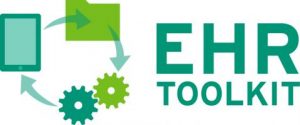
| Module 1 | Electronic health records (EHR) introduction |
Unit 1
|
Unit 2
| |
|---|---|---|---|---|
| Module 2 | Making the value case |
Unit 1
|
Unit 2
|
Unit 3
|
| Module 3 | Clarifying legal and policy issues |
Unit 1
|
Unit 2
|
Unit 3
|
| Module 4 | Forming partnerships |
Unit 1
|
Unit 2
|
Unit 3
|
| Module 5 | Analyzing clinical data and workflows |
Unit 1
|
Unit 2
|
Unit 3
|
| Module 6 | Analyzing technical options |
Unit 1
|
Unit 2
|
Unit 3
|
| Module 7 | Implementing data exchange |
Unit 1
|
Unit 2
| |
| Module 8 | Optimizing data quality and use |
Unit 1
|
Unit 2
|
Unit 3
|
| Module 9 | All toolkit downloads |
Unit 1
|
Tool downloads
Preparing to meet with your attorney
It is important to initiate early conversations with your attorney to address any legal issues related to creating a surveillance system. This tool helps planners become prepared in key areas and provides advice on presenting your case, working with your community partners’ attorneys and understanding the attorney’s roles.
Clarifying legal authority
Before meeting with agency attorneys, planning teams need to understand the legal implications surrounding health data collection. This tool outlines the process of verifying legal authority and addressing privacy concerns.
Distinguishing privacy, confidentiality and security
Confidentiality, privacy and security are all important topics to pay attention to when implementing an EHR-based surveillance program. This resource describes these terms’ legal and ethical meanings and how one impacts the other.
Distinguishing Privacy, Confidentiality and Security Resource (Word download)
Distinguishing Privacy, Confidentiality and Security Resource (PDF download)
Distinguishing surveillance from research
Is your program surveillance or research? See how these terms are defined and what the requirements and procedures for each could mean for your surveillance program.
Distinguishing Surveillance from Research Resource (Word download)
Distinguishing Surveillance from Research Resource (PDF download)

